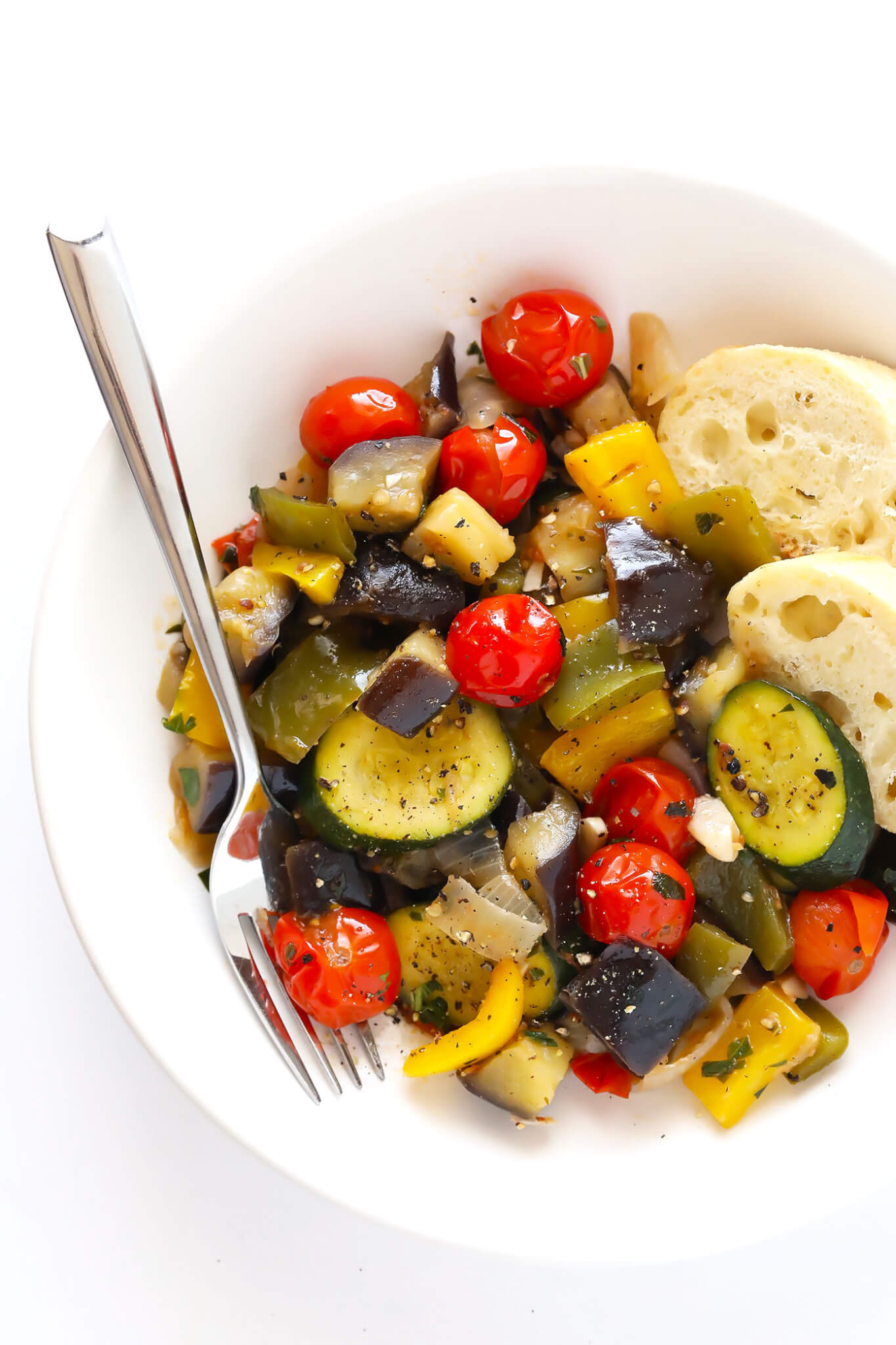Garlic - Known for Pungent Aroma and Flavor
TEXARKANA, Ark. –
I cannot imagine not having garlic in my kitchen. I use it in almost everything because it adds such a wonderful flavor and aroma. I hate to think how bland spaghetti sauce would be without garlic.
Garlic is native to middle Asia and the Mediterranean region of southern Europe. It is a member of the onion family and known for its pungent aroma. Many think garlic has medicinal purposes, but it has not been proven by researchers yet.
As far back as the building of the great pyramids, garlic has been credited with providing and prolonging physical strength. Throughout the centuries, it has been known for its fascinating folklore, enhancement of delicious dishes, and medicinal uses.
A member of the lily family, garlic is a cousin to leeks, chives, onions and shallots. The edible bulb or head grows beneath the ground in the garden, or can be planted in containers. The harvested bulb is made up of sections called cloves, each encased in its own parchment like membrane. When a recipe calls for a head of garlic, it is referring to the entire part removed from the ground; whereas, the clove is the small sections found when the parchment is unwrapped.
There are several types of garlic, including purple-skinned, elephant garlic, or young or green garlic. Basically, it can be broken down into hard-neck garlic with a thick, unbendable center stem; and soft-neck garlic which is the most common supermarket variety. Hard-neck varieties are cold hardy, have a milder flavor, and are preferred by gourmet chefs.
Garlic is available in late summer and fall at local farmers markets as well as year round at supermarkets. When purchasing garlic, look for large, plump bulbs that are compact and have unbroken, dry skin. Squeeze the bulb and if it gives under your fingers don’t buy it.
Fresh garlic should be stored in a cool, dark, dry, well-ventilated place, but not in the refrigerator. Fresh garlic will store well for several months. Dried and powdered garlic should be stored in airtight containers away from a heat source. Garlic oil should always be stored in the refrigerator due to food safety concerns. Once garlic has been peeled, chopped or minced, it should be refrigerated.
Garlic cloves are mostly used fresh, minced or crushed. One raw garlic clove, finely minced or pressed, releases more flavor than a dozen cooked whole cloves.
When garlic cloves are cooked or baked whole, the flavor mellows into a sweet, almost nutty flavor that hardly resembles any form of pungency. Cooked, whole cloves barely have any aroma at all, while raw garlic is the strongest in flavor. For a milder taste, roast garlic wrapped tightly in aluminum foil until soft.
When sautéing garlic, be very careful not to burn it. The flavor turns intensely bitter, and you'll have to start over.
For more information, contact the Miller County Extension Office, 870-779-3609 or visit us in room 215 at the Miller County Courthouse. We're online at cdue@uada.edu, on Facebook at UAEXMillerCountyFCS, on Twitter @MillerCountyFCS or on the web at uaex.uada.edu/Miller.
Ratatouille
This terrific dish is loaded with succulent Mediterranean vegetables.
2 tablespoons olive oil
3 cloves garlic, minced
2 teaspoons dried parsley
1 eggplant, cut into one half inch cubes
Salt to taste
1 cup grated Parmesan cheese
2 zucchini, sliced
1 large onion, sliced into rings
2 cups sliced fresh mushrooms
1 green bell pepper, sliced
2 large tomatoes, chopped
Preheat oven to 350 degrees F. Coat bottom and sides of a 1 1/2 quart casserole dish with 1 tablespoon olive oil.
Heat remaining 1 tablespoon olive oil in a medium skillet over medium heat. Cook and stir garlic until lightly browned. Mix in parsley and eggplant. Cook and stir until eggplant is soft, about 10 minutes. Season with salt to taste.
Spread eggplant mixture evenly across bottom of prepared casserole dish. Sprinkle with a few tablespoons of Parmesan cheese. Spread zucchini in an even layer over top. Lightly salt and sprinkle with a little more cheese. Continue layering in this fashion, with onion, mushrooms, bell pepper, and tomatoes, covering each layer with a sprinkling of salt and cheese.
Bake in preheated oven for 45 minutes. Serves 4.
By Carla Due
County Extension Agent - FCS
The Cooperative Extension Service
U of A System Division of Agriculture
Media Contact: Carla Due
County Extension Agent - FCS
U of A Division of Agriculture
Cooperative Extension Service
400 Laurel Street, Suite 215 Texarkana AR 71854
(870) 779-3609
cdue@uada.edu
Related Links
The Arkansas Cooperative Extension Service is an equal opportunity institution. If
you require a reasonable accommodation to participate or need materials in another
format, please contact your County Extension office (or other appropriate office)
as soon as possible. Dial 711 for Arkansas Relay.
Pursuant to 7 CFR § 15.3, the University of Arkansas System Division of Agriculture
offers all its Extension and Research programs and services (including employment)
without regard to race, color, sex, national origin, religion, age, disability, marital
or veteran status, genetic information, sexual preference, pregnancy or any other
legally protected status, and is an equal opportunity institution.
